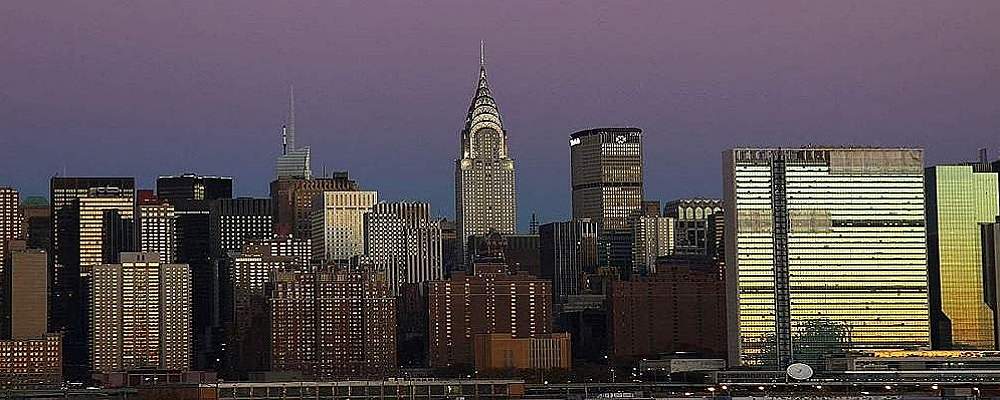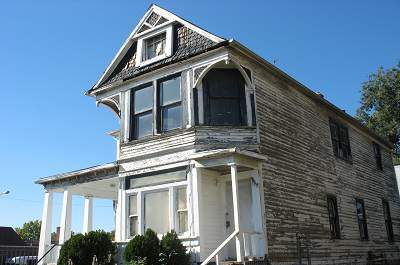Detroit is the largest city in the US mid-western state of Michigan. The city is renowned for its long standing connection to the automotive industry which earned it the headline as the Motor City or the birthplace of the American car industry. In the 1950’s, the population of this prosperous industrial city peaked at nearly two million people. Today, Detroit’s population has diminished to a mere 700,000. As time goes by, the only growth visible in Detroit is in the vacant blocks of land, empty apartments and factories. There has also been an increase in the number of abandoned buildings for sale or buildings just abandoned, dilapidated and menaced by looters and graffiti artists. Almost a third of Detroit has been abandoned.
Free Trade Deals
Globalization can be described as a process where enterprises develop international ties and operate on an international scale. It is a consequence of the Information Age. Detroit, Michigan represents the negative side of globalization. The formation of an international free market or the North American Free Trade Agreement, has benefited multinational corporations such as General Motors at the expense of the local economy. It might have had a lot to do with the unions. Militant unions fought so hard and so well, companies couldn’t afford them anymore. The free trade deal literally makes it impossible for America to compete. Whatever the case, it affected not only the local industry but the local culture and the common people.
In the 1950s, Detroit could boast the highest median income and the highest rate of home ownership. Today, the situation in Detroit can’t be described as a disaster though it may appear so judging by the images. There are approximately 157,000 people homeless in Detroit. The homeless have food delivered by various humanitarian organizations. Shelters are a common thing for the area.
General Motors
The General Motors Company (GM) is among the largest automakers in the world. Its headquarters is at the Renaissance Center and consists of seven interconnected skyscrapers in downtown Detroit. The Renaissance Center however hasn’t lived up to its name. GM closed four of its plants at home in Michigan in 2006-2008 and six in other states resulting in the loss of more than 12,000 American jobs. Its manufacturing facilities are in areas where the labor is cheaper. The nearest GM plant is across the river in Canada. Canada gives incentives of hundreds of millions of dollars to GM and other car manufacturers in order to create more jobs for its citizens. With new plants opening in other countries around the world, GM now employs almost 250,000 people in 31 countries equivalent to one third of Detroit’s total population.
The Disposable Economy
Don’t fix it. There is no use for it. It is too expensive. The American culture has grown into believing that everything is disposable. Even beautiful buildings are disposable. Dozens of buildings in Detroit are abandoned, including 12 skyscrapers. What to do with these huge and useless architectural structures is a question that has remained unanswered for decades.
Detroit’s Symbol of Decline
Michigan Central Station is a Detroit landmark and is on the US National Register of Historic Places. It tells a story about the city’s history and its path to industrial development. Built in 1913, Henry Ford made it a bus center and a crossing of railroads and tram lines. For decades it was a symbol of modern times and prosperity as millions passed through the station. When the great highway system developed, there was less need for the station. When the automobile industry eventually collapsed, the traffic through the station dwindled. Standing at 18-stories tall, fenced and with a thousand broken windows, you could say that the station represented Detroit’s fall from industrial greatness.
The 13 story Michigan Building is the a starting point or base for Detroit’s Industrial Age. It was the site of the first Ford workshop or the birth place of the Ford automobile. In 1892 the start of the Ford Motor Company changed the face of Michigan and the world. The automobile boom started here and the assembly line was invented. It hides a place that encapsulates the story of Detroit more than any other. Today it contains a bar, restaurant, retail and office space. The Michigan Building tower and The Michigan Theater were built in 1926, The theater used to be the biggest in the city. It is now a parking garage. It lost its struggle with television as people moved out of Detroit. The theater closed in the mid 1960s.
Detroit’s Crucial Mistake
Detroit’s critical error in the Industrial Age was its total reliance on industrial manufacturing. The main problem began with the modernization of the industry. The automobile companies wanted to make long assembly lines and they couldn’t achieve this goal with four story factories. They needed more land so they began to leave the city. Whites began to move out to the suburbs and factories were abandoned. Unfortunately, in earlier times, racial segregation was alive and well. There was general discrimination against people of color by white communities. As a result, there was an increasingly colored and poor population concentrated in central city.
Is Detroit Facing Attrition?
Developers continued trying to breathe life back into the streets. There was so much vacant land and plans to turn some of the vacant land into farms. The meaning of the word “city” had already changed. In a world of global communications and information, there is a total freedom to choose where to live and work and where to set up business. That is why Detroit, as a civilization, hasn’t survived the changes. Over several decades there has been a decline in the population. The majority of people live around Detroit but not within Detroit. Approximately 800,000 live within the city proper whereas 4 million live within the greater metropolitan of Southeast Michigan,
Bankruptcy
As of July 18, 2013, the city of Detroit filed for Chapter 9 bankruptcy to the tune of an astounding $US 18 billion. This action represented the largest case of its kind in United States history. As the population diminished so too did the tax revenue to support the city. The city has now been forced to cut services such as public transportation and street lighting and as a consequence the poor suffer. The city is now working on the bankruptcy exit strategy though many challenges remain. We can only hope that the situation in Detroit is unique and it is the only US city to suffer this humiliation. Unfortunately the economic model suggests that more cities are to follow this trend as their manufacturing economies collapse.






